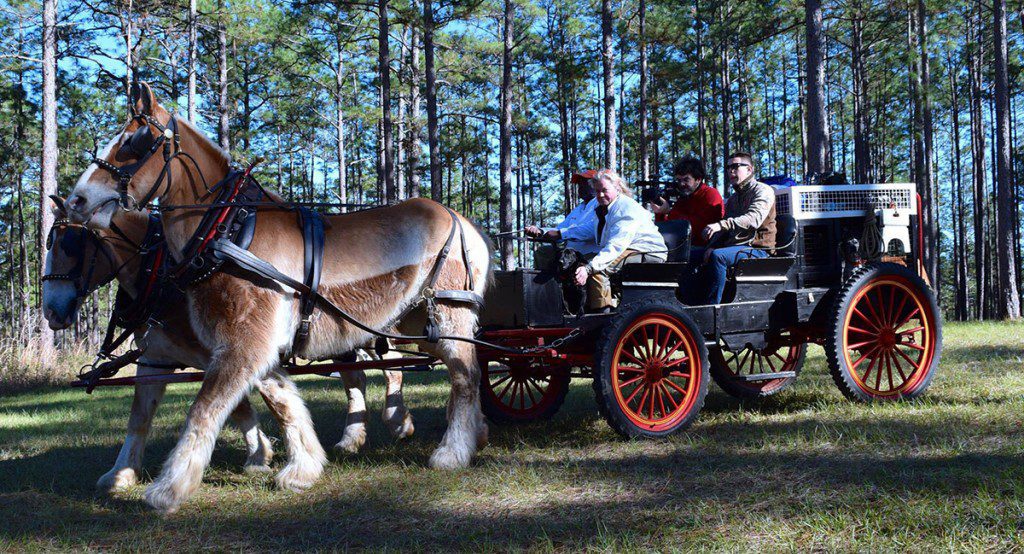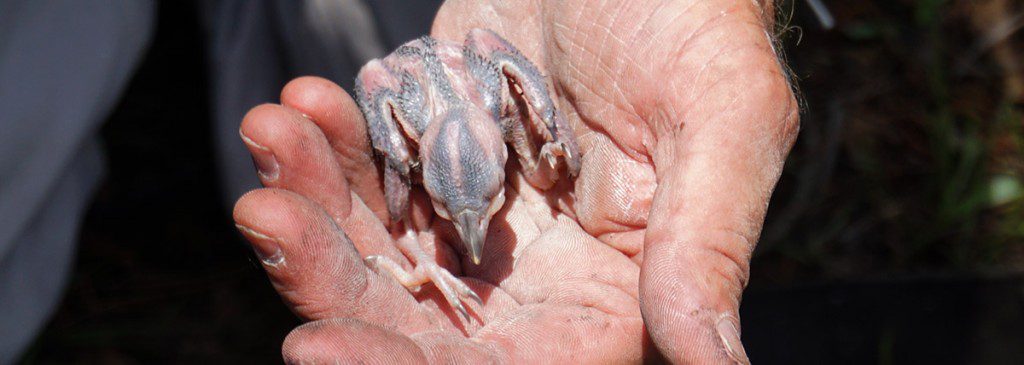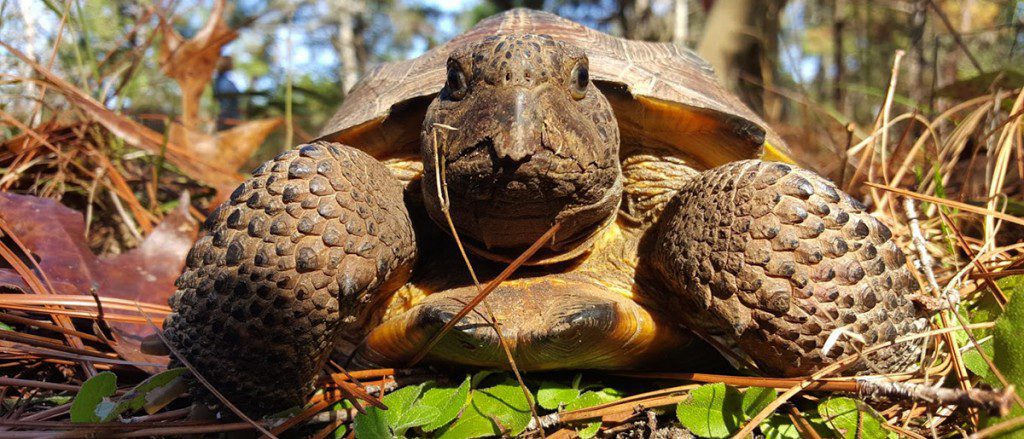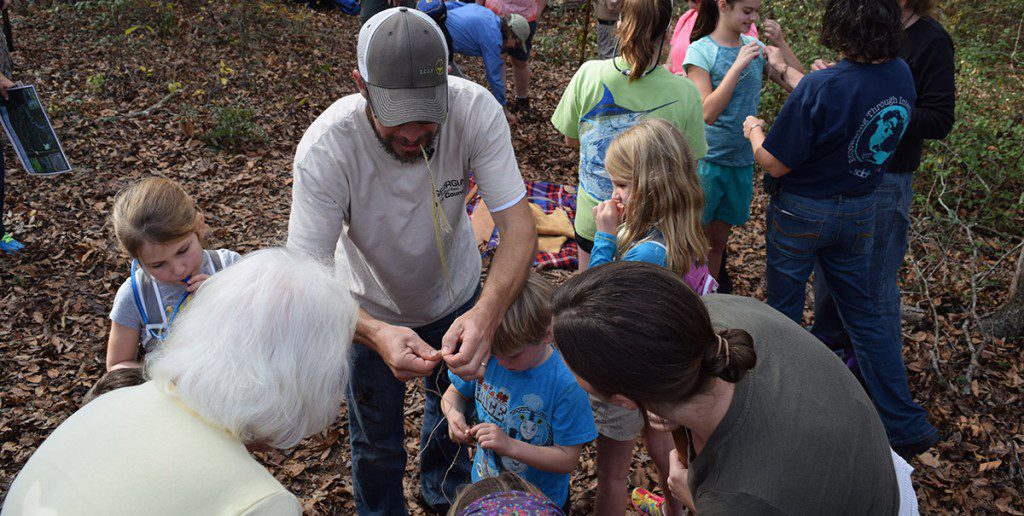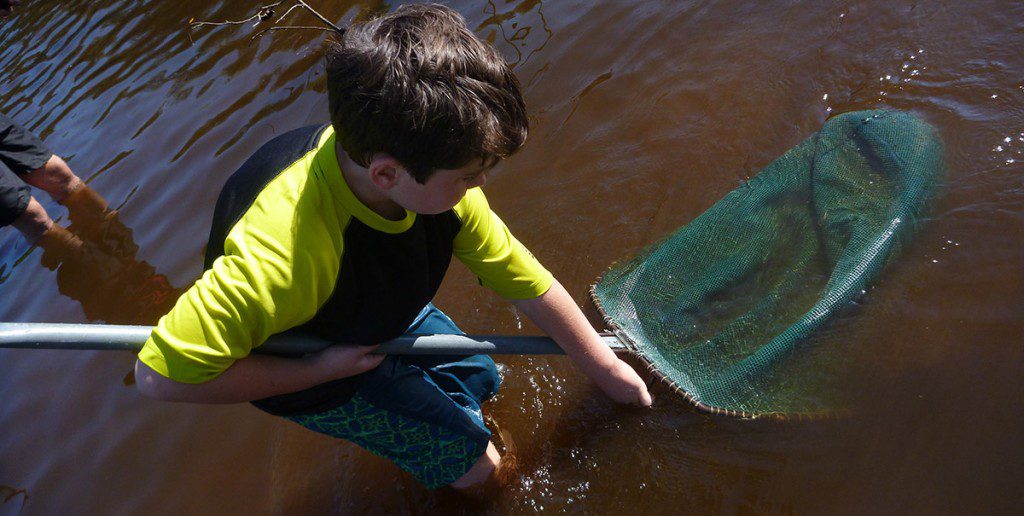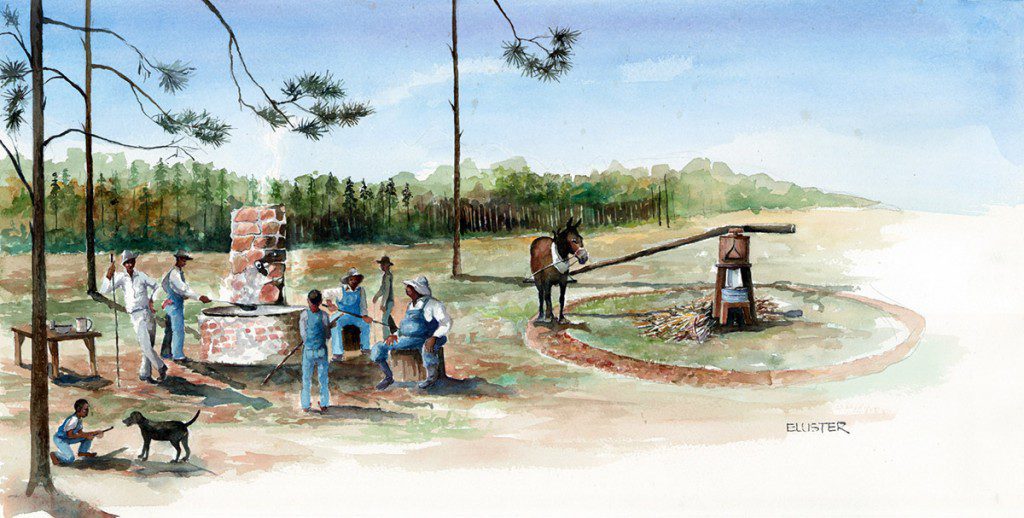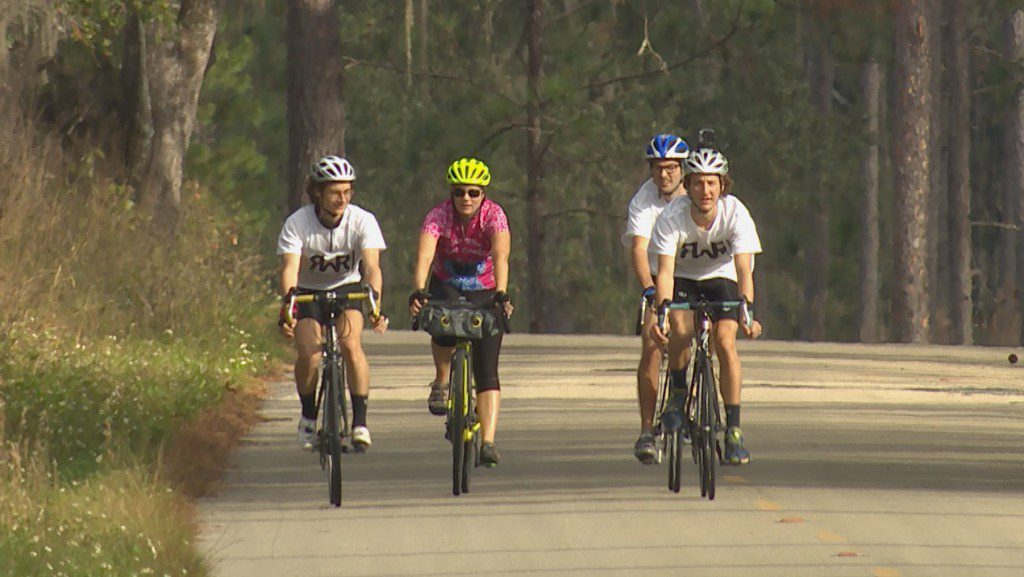Watch the complete Roaming the Red Hills Adventure, an extended version of the Local Routes Episode airing on April 21, 2016.
Over the course of ten adventures, we explore the Red Hills of south Georgia and north Florida. It’s a region shaped by a rich ecology, starting with a large, privately owned longleaf forest, maintained through fire for the purpose of quail hunting, but beneficial to many species. From there we head down to the Red Hills’ rivers and lakes, and the wildlife within them. We also explore our rural heritage, where local agriculture still thrives.
Here we have collected all of our Roaming the Red Hills EcoAdventure series for a special episode of Local Routes. While we had to cut some footage for the air version to fit its time slot, we have no such constraint here. We ‘d like to thank Tall Timbers Research Station & Land Conservancy for providing funding for this video series, as well as to the local musicians who lent their music to the videos: Tracy Horenbein (who composed music specifically for the series), Belle and the Band, and Gary Asbell. Our narrator was Jim McMurtry. Roaming the Red Hills was produced and written by WFSU Ecology Blog producer Rob Diaz de Villegas.
If you’d like to read a little more about any of the adventures seen in the program, you can visit the WFSU Ecology Blog:
Part 1 | Quail Hunting and Accidental Conservation in the Red Hills
We witness a Red Hills tradition that has had a large impact on area ecology: The quail hunt. To create a favorable habitat in which to hunt quail, landowners in the Red Hills created a thriving ecosystem in which hundreds of species thrive, including many that are endangered.
Part 2 | Red Cockaded Woodpeckers and Fire in the Red Hills
Jim Cox bands a seven day old red cockaded woodpecker and takes a group of FSU Biology students to a fire dependent, old growth longleaf pine forest. We see how fire benefits plant and animal species in the longleaf habitat, including endangered species like the red cockaded.
Part 3 | Peeking into Gopher Tortoise Burrows at Birdsong Nature Center
One of the cutest critters to depend on fire in the longleaf habitat is the gopher tortoise. At Birdsong Nature Center, we learn the value of their burrows.
Part 4 | Lost Creek: Hiking an Ancient Forest
At Lost Creek Forest in Thomasville, families explore an old growth forest at the headwaters of the Aucilla, and learn how to make use of native plants.
Part 5 | Kayak Scouting Mission on the Ochlockonee Water Trail
Students at Thomas University are helping map a new paddling trail. On a scouting mission with them, we kayak- and walk, climb, wade, and hack our way through- the Ochlockonee River in Georgia.
Part 6 | Ochlockonee Bio-Blitz | Kids Experience Florida River Wildlife
On a sandbar in the Apalachicola National Forest, children immerse themselves in turtles, frogs, fish, butterflies and more on the Ochlockonee River for the Ochlockonee Bio-Blitz. Biologists from Tall Timbers Research Station & Land Conservancy, Florida Fish and Wildlife, and the Friends of the Apalachicola National Forest were on hand to help the kids identify the many species they saw.
Part 7 | Sweetgrass Cheese Shop- Celebrating Farms of the Red Hills
Local farms in the Red Hills are part of an agricultural tradition dating back to the Apalachee. We go farm to table at Thomasville’s Sweetgrass Dairy.
Part 8 | Eluster Richardson | Painting Life on a Red Hills Tenant Farm
Eluster Richardson recreates scenes from his childhood, as he paints watercolors of tenant farm life for the Jones Tenant House Exhibit at Tall Timbers Research Station & Land Conservancy.
Part 9 | Lake Iamonia Duck Hunt
After a mild winter, hunters worried that ducks wouldn’t migrate before the season ended. We go to scenic Lake Iamonia on the last day of the season…
Part 10 | Cycling Monticello’s Historic Canopy Roads
We cycle down canopy roads through historically black communities in Monticello, where we meet Dr. Flossie Byrd. Dr. Byrd recounts the invaluable education she received there in the 1940s.
Come adventure with us in the Red Hills, Apalachicola River and Bay, the Forgotten Coast, and More! Subscribe to the WFSU Ecology Blog by Email.


